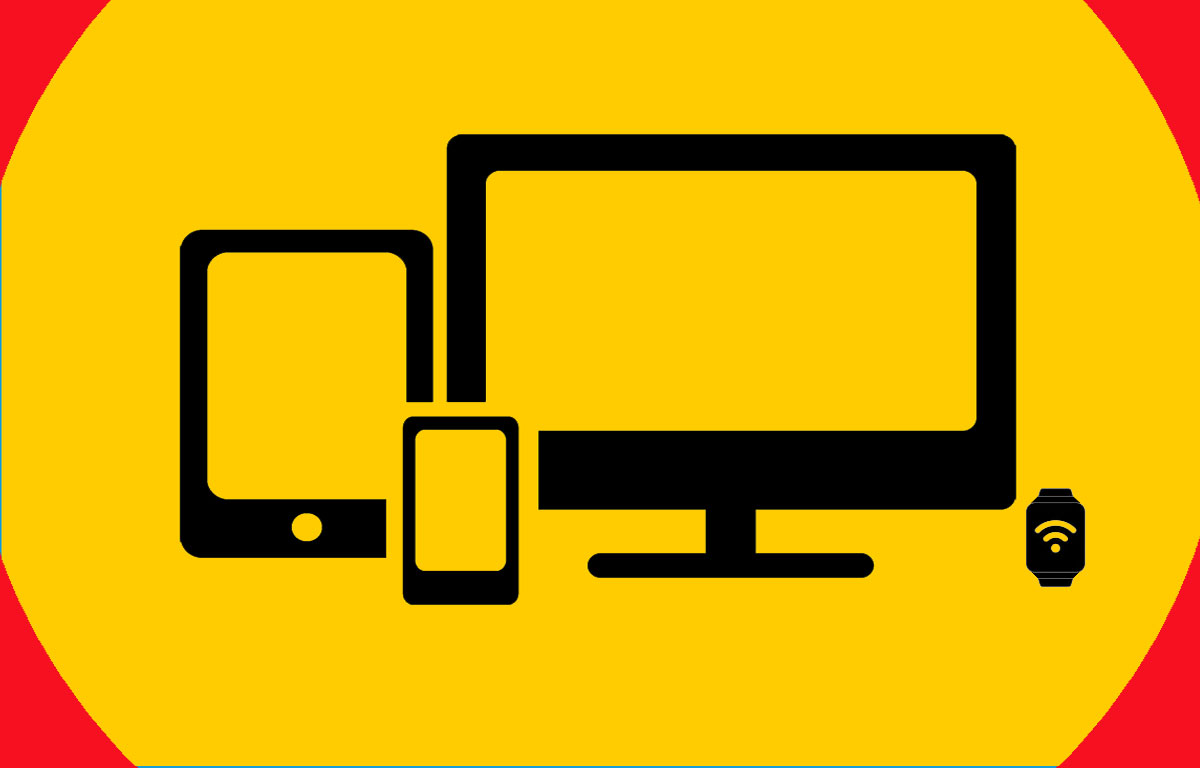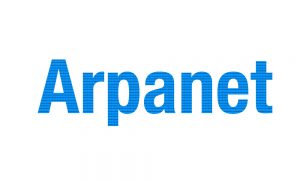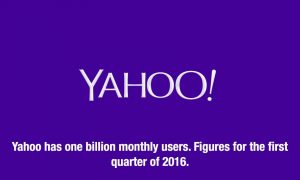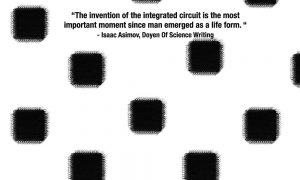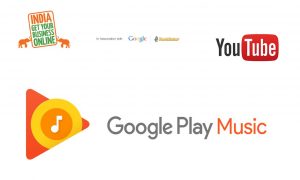The Web is simply a means of sending information on the Internet as discrete packets of data using the protocol, TCP/IP. Using the Web, it became easy to organize information on a computer network by hypertexts, which refer to other resources on the network the users can directly visit from the document they see. On the Web, the data tell the network where they need to go, instead of the network telling the data where they are being sent. In fact, the first browser would allow users to edit and write directly into the content they were viewing, a feature not possible in today’s browsers.
Within a year or two of the emergence of the first Web page, software packages (e.g. Viola, Cello and Mosaic) made it possible to browse the Web graphically by clicking on highlighted hyperlinks. The WWW led to the emergence of web servers, which keep the information that users wish to access. The first Web server outside Europe went online in December 1991. It was the first Web browser to run on Microsoft’s Window’s operating system. Tim and his friend, Robert Cailliau persuaded the CERN Management to provide the Web technology and programme code for free to anyone to use and improve on it. CERN agreed to do so in 1993.
Students at MIT brought out the first online newspaper, The Tech. The programming language (HTML) used to create Web pages was released. The first webcam also went on line. HTML indicates to web browsers how to structure and present the content on a web page. It provides the basic building blocks for the Web, which initially consisted of text matter. With the introduction of JavaScript, Web pages became dynamic and more expressive with what are known as cascading styule sheets in colour and animations.
In 1993 a computer pioneer, Marc Andreessen (born 1971), who wrote his first computer programme when he was in the sixth grade, demonstrated a programme called Mosaic, developed with his friend Eric Bina. Andreessen called it a graphical web browser, which would get images and text to the user. Mosaic literally changed the world. It simplified navigating the Web in a user-friendly manner. Its use did not call for a mastery of UNIX.
Mosaic was posted for download in early 1993 on the servers of the National Center for Supercomputing Applications at the University of Illinois. Within a year of its release, it was downloaded a million times, as it helped navigate the vast wilderness called the Web. Andreeseen thought that the Supercomputer Center would eventually take over the software and so he moved to Silicon Valley in California. He met Prof. Jim Clark and together developed a new version after continued dedicated hard work.
In 1994, Mosaic was renamed Netscape, which was an instant success. Several colleges, schools, banks, government departments and politicians went online. Major online services (e.g. CompuServe, America Online, Prodigy) added Internet access to their existing private networks. At the same time the dark side of the Web showed up: Terrorist ‘handbooks’ and pornographic clips made their appearance. The Net was truly a public facility.
The year 1994 was eventful for the Web. Standard University students, David Filo and Jerry Yang wrote a precursor to Yahoo. BBC launched its first website for TV programmes. President Clinton put the White House public data on the Web. Five years later, America Online (AOL) gobbled up Netscape and Andreessen served it as its chief technology officer only to quite after six months. He later formed an e-commerce company called Loudcloud that built websites and provided support services.
By the time the Web emerged as the ideal way of handling information on computers, millions of personal computers had been sold worldwide. In fact, IBM had come out with the personal computer ten years earlier. The number of hosts on the Internet too had reached 100,000. in fact, McAfee Associates was founded to provided antivirus software for free. Several programmes to browse the Web did surface, but the TCP/IP marginalized most other computer network protocols. A key to its rapid growth was free and open access to the specifications of the protocol.
In 1995, Microsoft released Windows 95. IBM too released the most popular version of its Operating System, OS/2 Warp. In other developments, the online auction site, eBay was founded by a computer programmer, Pierre Omidyar. The first item ever sold online was broken laser pointer, which went for 13.83 dollars! The online store, Amazon, was launched in 1995. Radio Hong Kong became the first full-time Web radio station.
In the second half of the 1990s, several Internet-based services were started. They included Hotmail (1996) (Box 12), and blogs (1997). A Web commentator, Jorn Barger, coined the term, weblog. Google and role-playing online gaming became available by 1999. A student in Boston, Shawn Fanning, founded the first widely used peer-to-peer file-sharing service, Napster. He had to fight a legal battle with the music recording industry. Another file-sharing service, MySpace, was also started.
The success of the Internet is largely due to the free and open access to its protocols and its capacity in meeting the basic community needs and getting community support for the infrastructure. As ARPANET supported various research programmes, an Internet Working Group was formed to coordinate its support functions. Several engineering task forces were also set up. A new coordination body called the World Wide Web Consortium (W3C) took over the responsibility of evolving the various protocols and standards of the Web. From the outset the builders of the Internet eschewed the idea of central control of any kind in its functions. Commercial Internet led to competitions, innovation and growth in its search. W3C is determined to preserve the basic design of the Internet, which was not a ‘distributed innovation over centralized expertise’, but allows everyone the freedom to connect, to innovate, to programme without asking anyone’s permission. The declining cost of manufacturing and distribution of several innovations popularized the Internet.
The origin and development of the Internet have revealed a significant pattern worth remembering in the context of today’s concern over attempts to control the Internet by any one government. The Internet no doubt owes its origin to the initiative of the government in the USA and its eventual development largely to the initiative of its corporations. However, these attempts would not have themselves built today’s Internet, which is the end product of numerous programmers, engineers and scientists across many countries. They constitute what Steve Johnson, a writer on the Internet, calls a peer network of a loose, decentralized collaborative venture. As such, no one country including the United States has a right to control directly or indirectly any of the bodies associated with the Internet.

